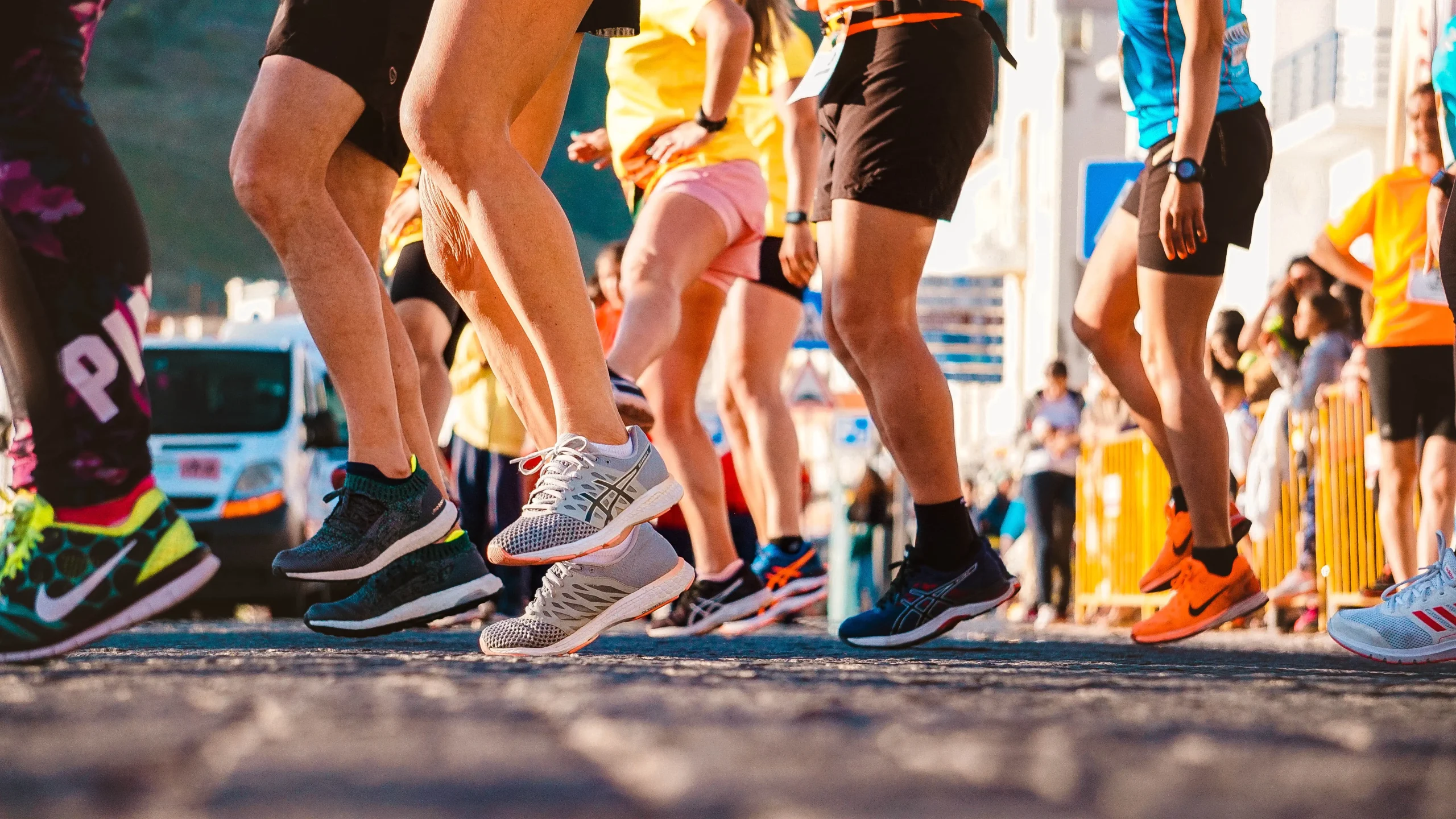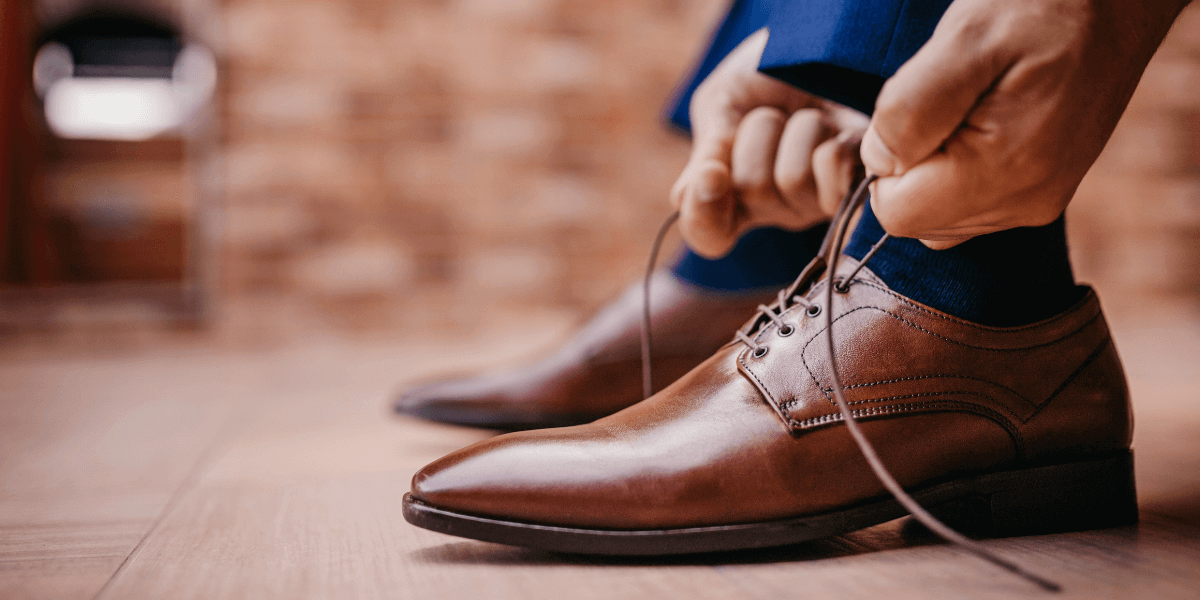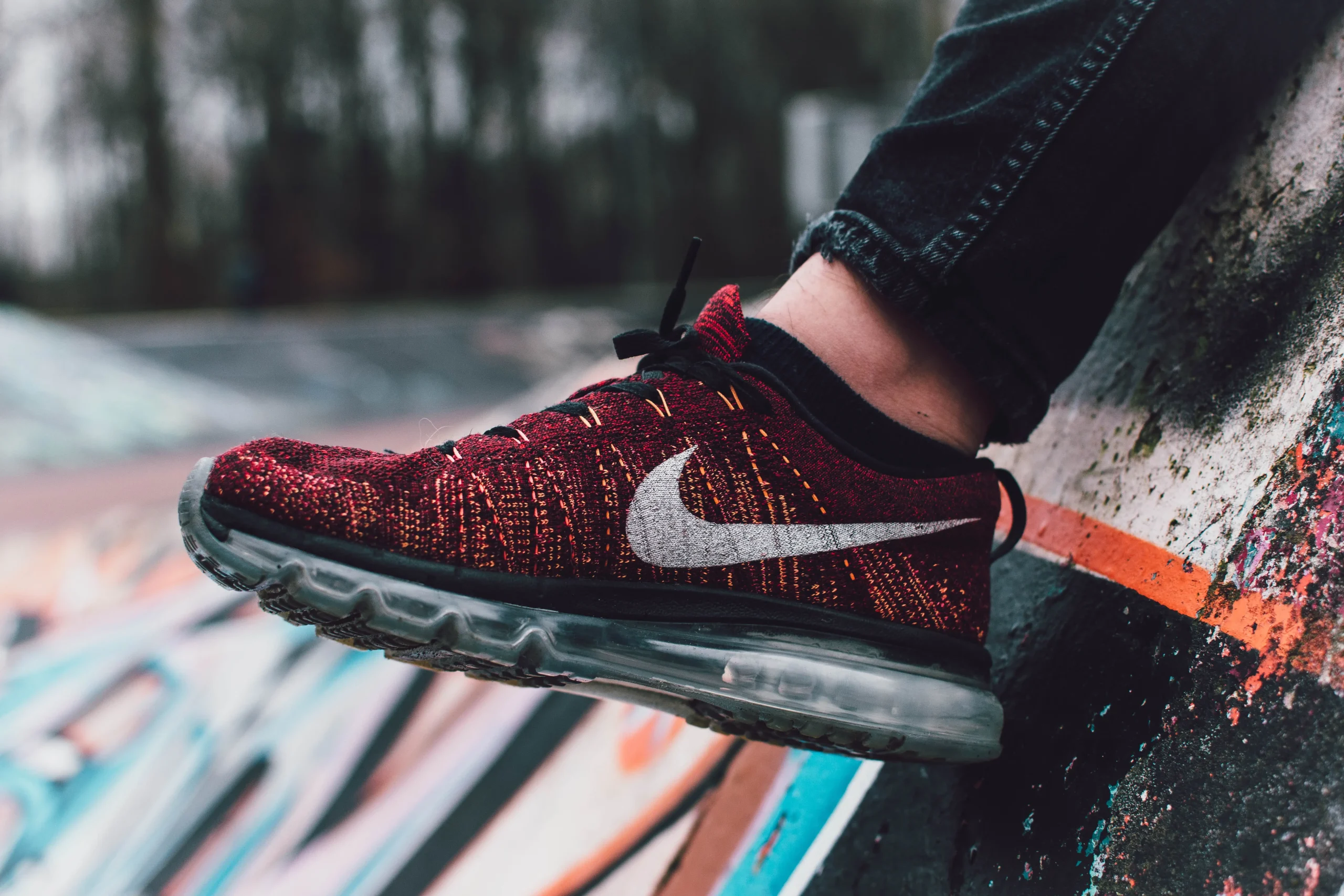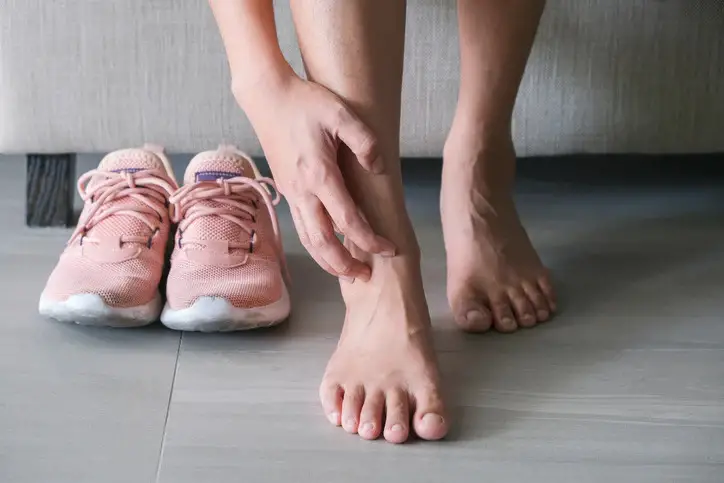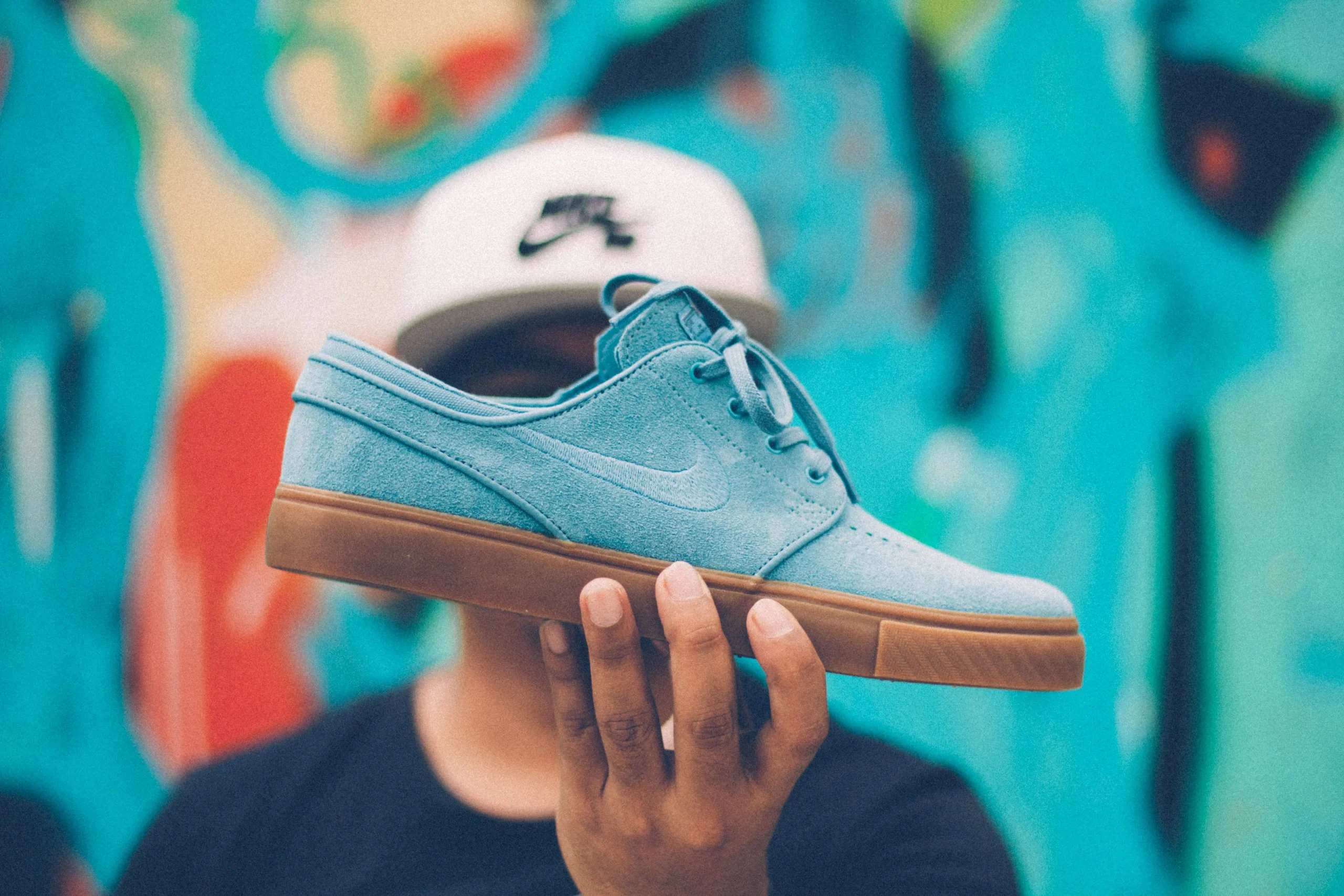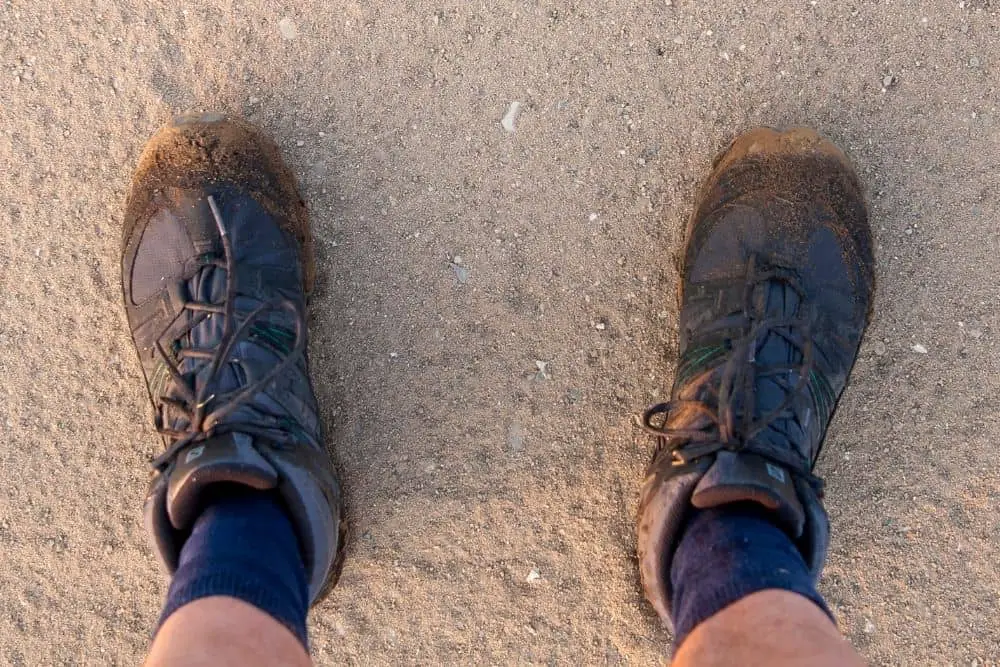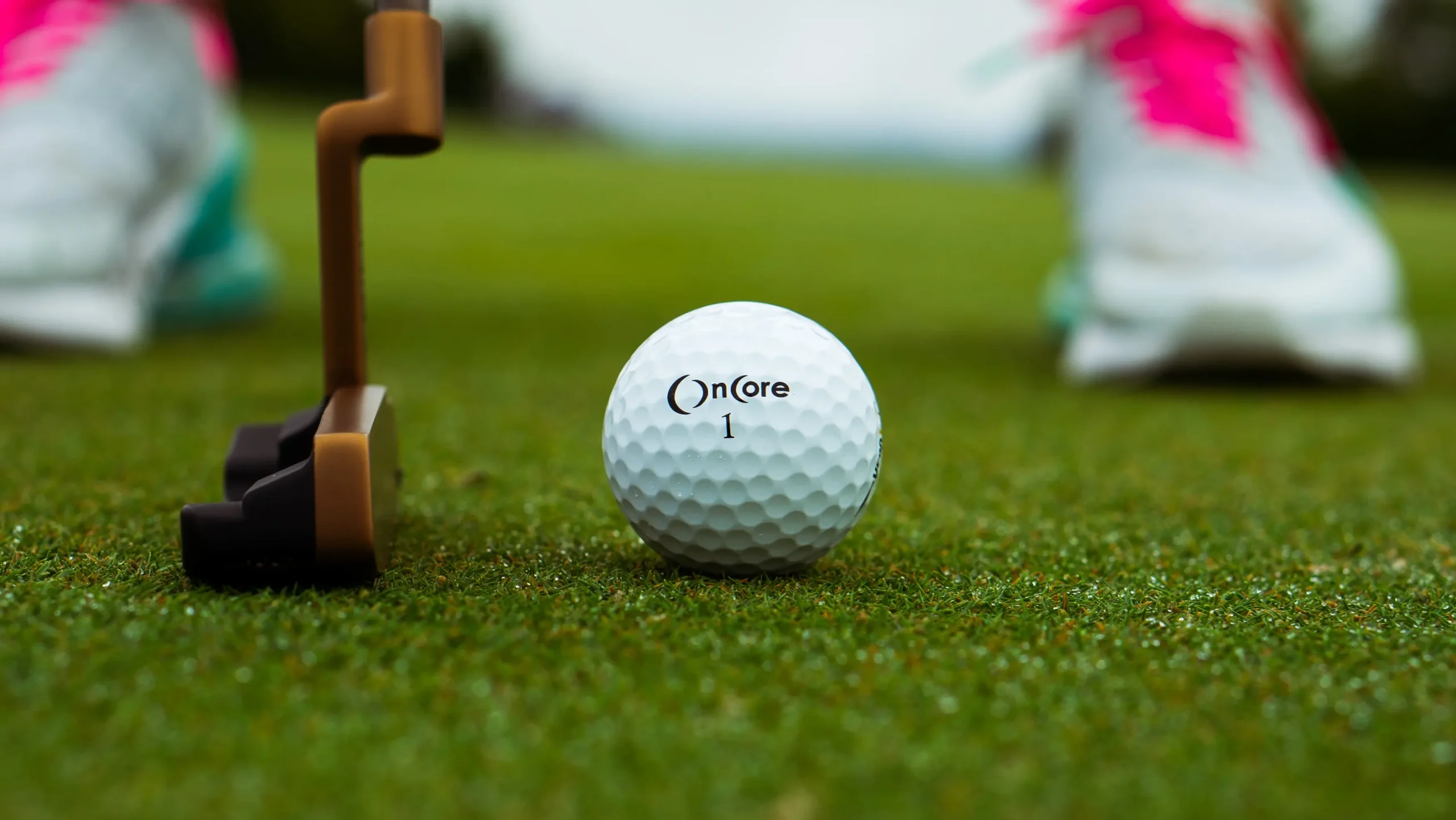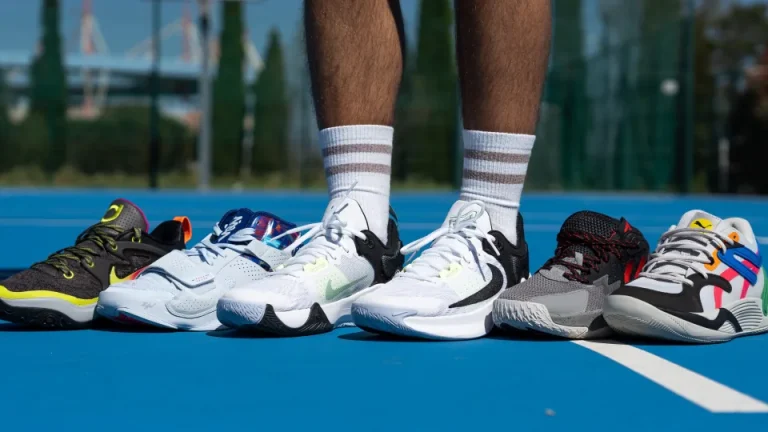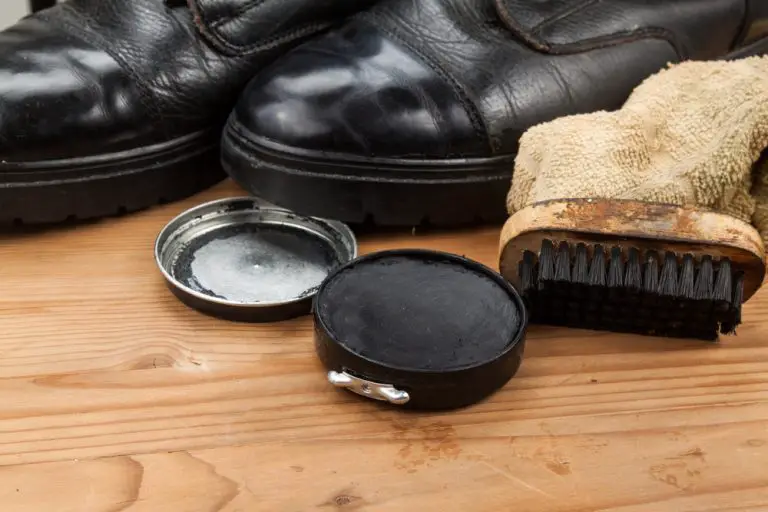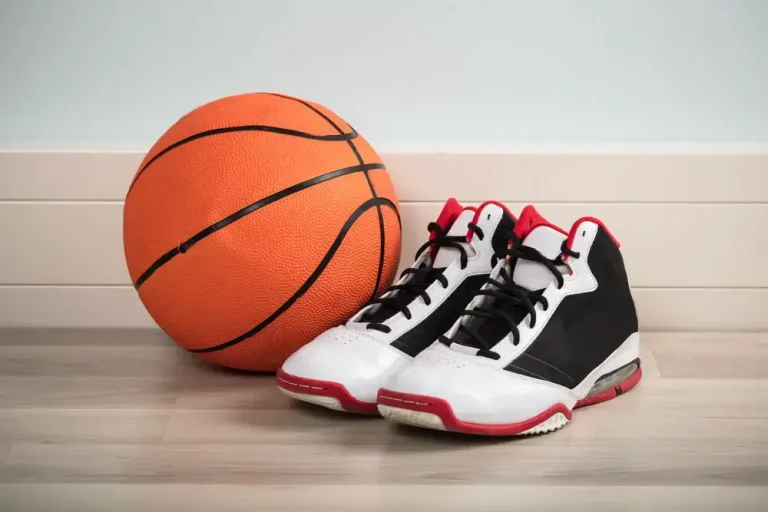How Many Running Shoes Should I Have? Expert Opinion
Introduction of this article
Having the right number of running shoes is essential for any runner. It not only enhances your performance and comfort but also reduces the risk of injuries. Determining the ideal number of running shoes depends on various factors that cater to your specific needs and preferences. Understanding your running habits is crucial in deciding how many running shoes you should have. Consider factors such as how often you run, the types of running you engage in (like road or trail running), the distance you cover per run, and the intensity of your runs.
By having the right shoes for different situations, you can adapt to various running surfaces and weather conditions. In this article, we will explore the factors that determine the ideal number of running shoes for you and discuss the different types of running shoe available. By the end, you will have a better understanding of how many running shoes you should consider owning based on your individual needs and preferences.
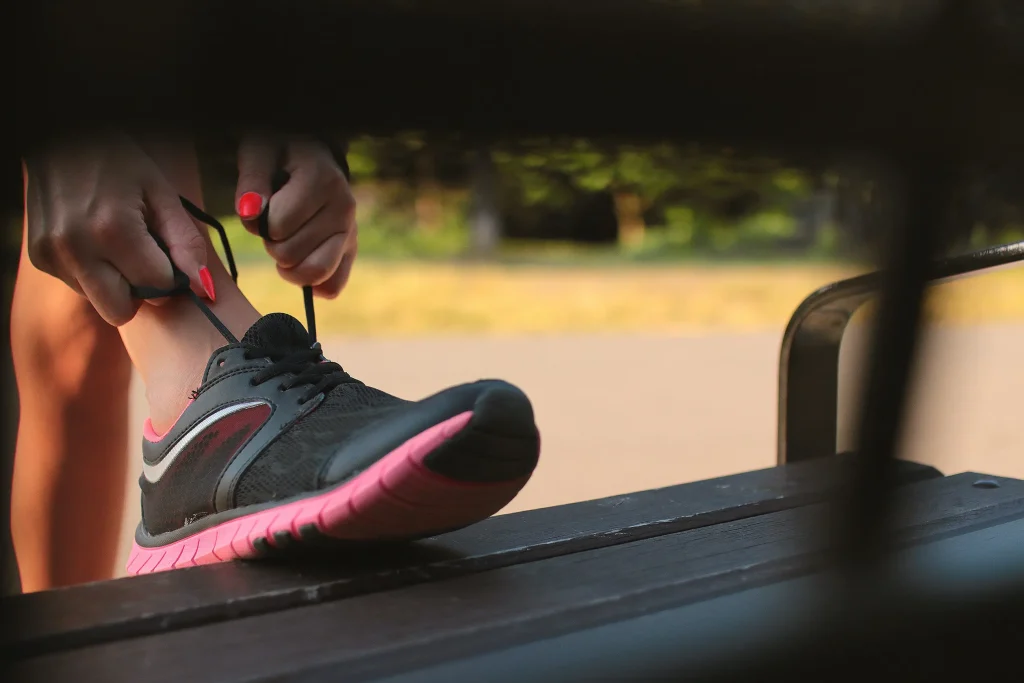
Understanding Your Running Habits
To determine the ideal number of running shoes for you, it’s important to understand your running habits. Here are some factors to consider:
How often you run
Think about how frequently you go for a run. Do you run every day, a few times a week, or occasionally? This will help you gauge how quickly your shoes may wear out and if you need multiple pairs.
Types of running
Consider the different types of running you engage in. Do you primarily run on roads, trails, or a mix of both? Different surfaces may require different types of shoes for optimal performance and comfort.
Distance covered per run
Think about the average distance you cover during your runs. Longer distances may put more strain on your shoes, so having an extra pair can help distribute the wear and tear.
Intensity of running
Consider the intensity of your runs. Are you a casual jogger or do you participate in competitive races? Higher intensity running may require specific shoe designed for performance and support.

By understanding these aspects of your running habits, you can better determine the ideal number of running shoe that will suit your needs and help you achieve your running goals.
Read More: Can Running Shoes Be Used For Walking?
Read More: How To Take Care Of Sports Shoes?
Benefits of Owning Multiple Running Shoes
Owning multiple running shoes can bring several advantages to your running experience. Here are some benefits to consider:
Reduced risk of injuries
Rotating between different pairs of running shoes can help prevent overuse injuries. Each shoe may have slightly different cushioning and support, which can alleviate stress on specific areas of your feet and legs.
Enhanced performance and comfort
Different running shoes are designed for specific purposes, such as cushioned shoes for shock absorption or stability shoes for overpronation. By having the right shoe for different running conditions, you can improve your performance and overall comfort.
Extended lifespan of shoes
When you rotate your running shoes, you give them time to recover and regain their cushioning and support. This can help prolong the lifespan of each pair, as they have more time to bounce back between runs.
Adaptability to different running conditions
Owning multiple pairs of running shoes allows you to match your footwear to different running surfaces and weather conditions. For example, trail shoes provide better traction on uneven terrain, while lightweight racing flats are ideal for competitive races on the road.

By taking advantage of these benefits, you can optimize your running experience, reduce the risk of injuries, and ensure that your shoe last longer. Consider your running habits and needs to determine the number and types of running shoe that will work best for you.
Determining the Ideal Number of Running Shoes
When it comes to deciding how many running shoes you should have, several factors come into play. Here’s what you should consider:
Basic recommendation
It is generally recommended to have at least two pairs of running shoes. This allows you to rotate between them, giving each pair time to recover and reducing wear and tear.
Frequency of running
If you run frequently, having more than two pairs may be beneficial. This ensures that you always have a fresh pair available while the others are being used or resting.
Types of running surfaces
If you run on different surfaces like roads, trails, or tracks, you may need specific shoes for each. Consider the terrain you frequently encounter and invest in shoes that cater to those conditions.
Climate and weather conditions
If you run in various weather conditions, having shoes suitable for different climates can be helpful. Waterproof or breathable shoes can make a difference in wet or hot conditions.
Foot biomechanics and pronation
Understanding your foot type and pronation (how your foot rolls when you run) can help determine the right shoe support. If you have specific needs, such as overpronation, you may require additional pairs with stability features.
Shoe lifespan and durability
Different shoes have varying lifespans based on their construction and materials. Consider the durability of the shoes you choose and how long they typically last before needing replacement.

By considering these factors, you can determine the ideal number of running shoes for your needs. Remember, it’s important to prioritize quality over quantity and invest in shoe that provide the necessary support and comfort for your running style.
Different Types of Running Shoes
When it comes to running shoes, there are various types available, each designed to cater to different needs and preferences. Here are some common types to consider:
Cushioned shoes
These shoes provide extra padding and shock absorption, making them suitable for runners who prefer a softer and more cushioned feel. They are ideal for long-distance running or those who need extra comfort.
Stability shoes
Stability shoes are designed for runners who overpronate, which means their feet roll inward excessively while running. These shoes offer additional support and stability to help correct the foot’s alignment and prevent injuries.
Minimalist shoes
Minimalist shoes are lightweight and have a minimal amount of cushioning and support. They aim to mimic barefoot running, promoting a more natural running style. These shoes are suitable for experienced runners with strong foot and leg muscles.
Trail shoes
Trail shoes are designed for off-road running on uneven and challenging terrains. They have a more aggressive outsole with enhanced traction, protective features, and durable construction to withstand the demands of trail running.
Racing flats
Racing flats are lightweight and designed for competitive racing. They prioritize speed and responsiveness, offering minimal cushioning and support. These shoes are best suited for experienced runners during races or speed workouts.
When choosing the right type of running shoe, consider your running style, foot biomechanics, and the surfaces you typically run on. It’s important to try on different types of shoes and find the one that feels comfortable and supportive for your specific needs.
Rotating and Replacing Running Shoes
Rotating and replacing your running shoes is essential for maintaining their performance and ensuring your comfort and safety. Here’s what you need to know:
Benefits of rotating shoes
Rotating between multiple pairs of running shoes can extend their lifespan. By giving each pair a break between runs, you allow the cushioning and support to recover, reducing the risk of injuries and enhancing their overall durability.
Signs of wear and when to replace shoes
Pay attention to signs of wear on your running shoes. Look for worn-out treads, flattened cushioning, or visible damage to the upper part of the shoe. As a general guideline, consider replacing your shoes every 300-500 miles or when you notice significant wear and tear.
Proper shoe storage and maintenance
Store your running shoes in a cool, dry place to prevent moisture buildup and maintain their shape. Avoid leaving them in hot or damp environments, as this can cause the materials to deteriorate. Regularly clean your shoes according to the manufacturer’s instructions to remove dirt and odor.
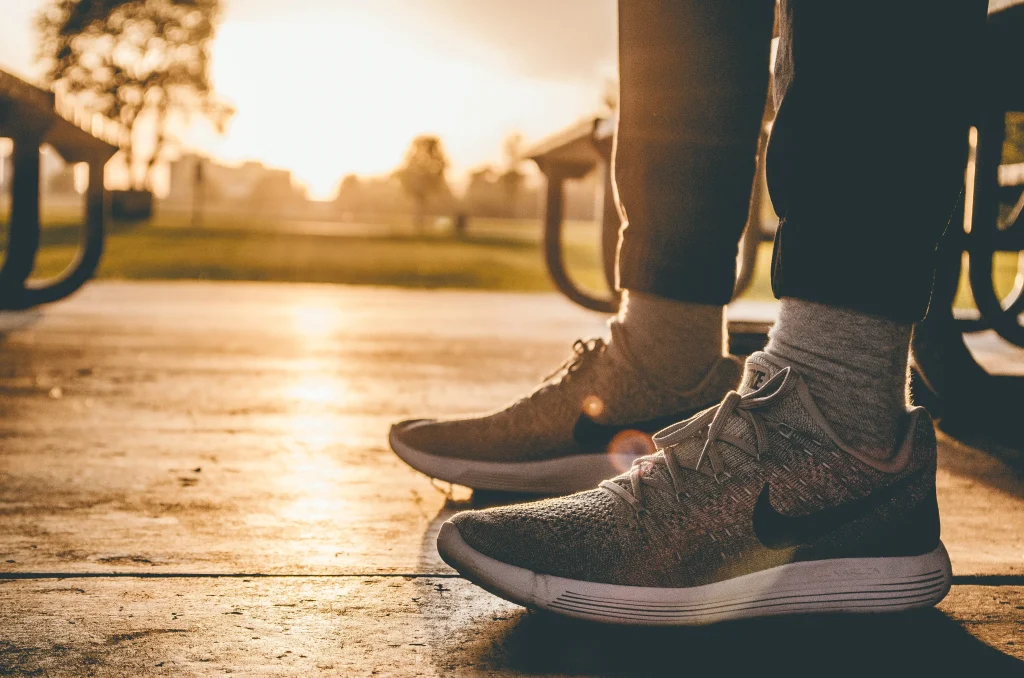
Remember, the lifespan of running shoe can vary depending on factors such as your running style, body weight, and the terrain you run on. It’s important to listen to your body and pay attention to any discomfort or pain that may indicate the need for new shoes. Investing in new shoes when necessary will help you maintain optimal performance and reduce the risk of injuries during your runs.
Related To: How Can I Find A Shoe Manufacturer?
Frequently Asked Question
Conclusion
In conclusion, the ideal number of running shoes you should have varies based on your individual needs and preferences. While it is generally recommended to have at least two pairs of running shoes, factors such as your running frequency, types of running surfaces, climate conditions, foot biomechanics, and shoe durability should be considered. Owning multiple running shoes offers benefits such as reduced injury risk, enhanced performance and comfort, extended shoe lifespan, and adaptability to different running conditions.

